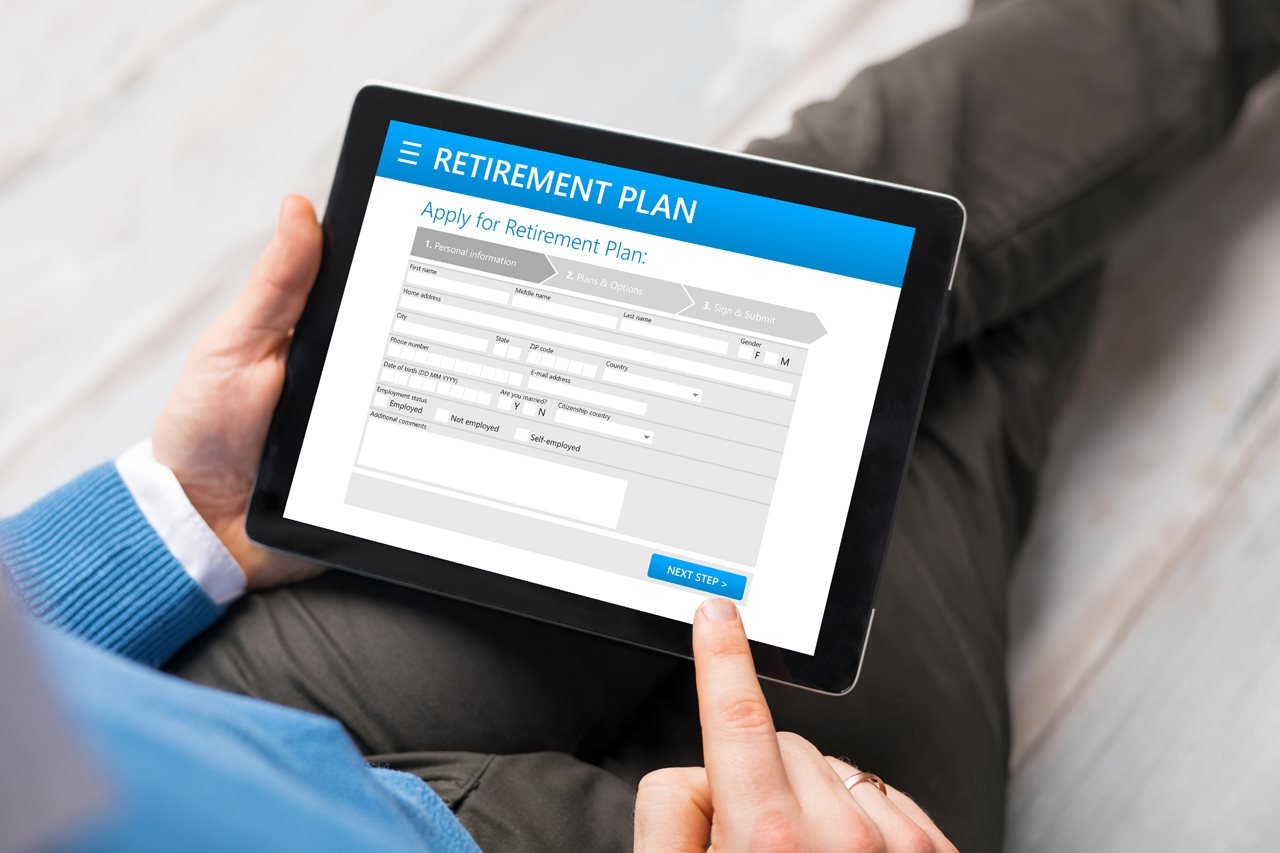2020-05-19T06:03:00

(BPT) – As a parent, you would do almost anything to give your child the best opportunities for a bright future. In fact, a recent study by College Ave Student Loans conducted by Barnes & Noble College Insights shows that 83% of parents plan on paying for their child’s college education and 37% of those expect to pay $100K or more.
But funding your child’s education may look different nowadays, and despite the unique financial challenges ahead, you don’t want to sacrifice your own future. These days, paying for college and saving for retirement may seem like a steep hill to climb, but with a few key steps, you can make sure you’re marching ahead toward both investment goals.
Start with your employee retirement account

Through student loans, scholarships, work-study programs and more, kids will always have other options to help them pay for school. But once you’re retired, your options aren’t so abundant – there are no unsecured loans to help cover retirement costs. Make sure you’re saving as much as possible for your future by funding your employee savings plan enough to get the full employer match. And as your income increases and you are able, put extra money toward your retirement.
Weigh all sources of funding to pay for college

With the costs of college tuition and housing, you may find you need to supplement your income and savings to pay for college. One option — after your child has exhausted scholarships and grants — is student loans. Federal loans in the student’s name should be considered first, as they often come with unique benefits, such as income-driven repayment plans. However, there is a limit on the amount you can borrow in federal loans. If you need to borrow more, College Ave Student Loans offers private student loans that can cover the full cost of college and are customized to fit your budget and goals. With competitive interest rates and flexible repayment plans offered on undergraduate, graduate and parent loans, and so many useful tools, they can help make your education-funding experience as painless as possible.
Consider the goals and cost of college

There’s no way around it — college is expensive. But there are many ways to manage that cost. Help your child carefully evaluate their goals and budget. Help them create a list of schools at different price points to compare financial aid awards and find a school that fits best. For example, starting out at a community college can significantly reduce the higher education price tag. Make sure your kids are involved in the financial decisions that go into paying for college.
Ask your kids to chip in

As your children get older, teach them about the responsibility of saving and paying for their education. According to the same College Ave survey, 68% of parents expect their college student to help pay for some part of their education expenses. Include them in the conversation by communicating your expectations and letting them know how much you can afford to contribute. Create a plan that’s right for your family by considering all your options, including financial aid, grants and scholarships. One easy scholarship to encourage your child to try for is the College Ave Student Loans $1,000 Scholarship Monthly Sweepstakes. They can enter each month for a chance to win.
Saving for retirement and your child’s education may involve some tough choices, but with a little planning and strategic thinking, you can get it done. To learn more about saving and borrowing for college, visit collegeavestudentloans.com.










